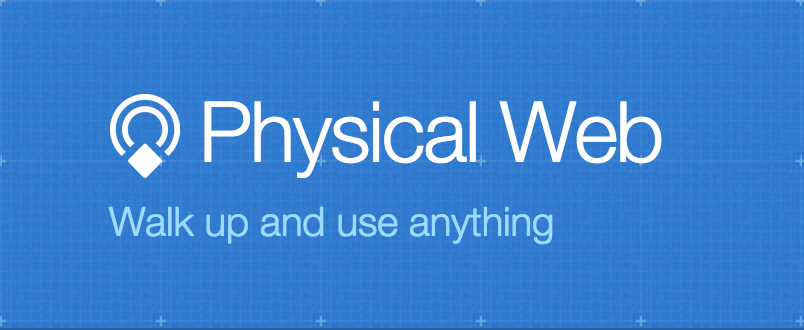“Physical web does not ship yet. Nor is it a Google product.” (Google)
Physical web is not even a ‘thing’, and yet we can’t stop thing-king about it at PassKit. Despite it being around since Oct 2014, the recent Eddystone Beacon announcement has reinvigorated our interest. So what exactly is this catchy new buzzword and why should you care? Other than the logo looks cool.
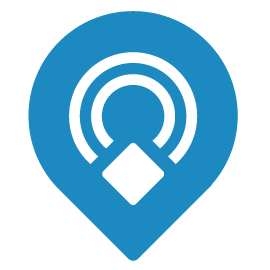
After all, buzzwords are built every day: Askhole, Phubbing, Afformium. See, there’s three more right there. Ok, so the last one I just made up by mashing affordable and premium together. Still, it proves my point.
With so much talk around Beacons, the Internet of Things (IoT), mobile wallet marketing, Apple Pay UK…etc., what’s so special about Physical Web? And more to the point, why should you care.
Well. There’s one solid reason that’s really, really important.
1) Physical Web Will Change Your World: Literally, Physically, Mentally And More.
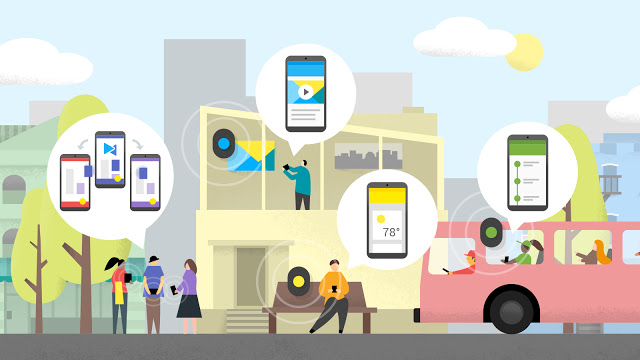
It All Starts With Apps:
Remember how everyone went crazy for Apps. Apple pretty much built their entire iPhone off them. They almost killed off Blackberry, or there lack off. And now there’s one for almost everything you can think off. They literally made parody videos because of the over-app-populous (another buzzword is born). And that’s where our story starts.
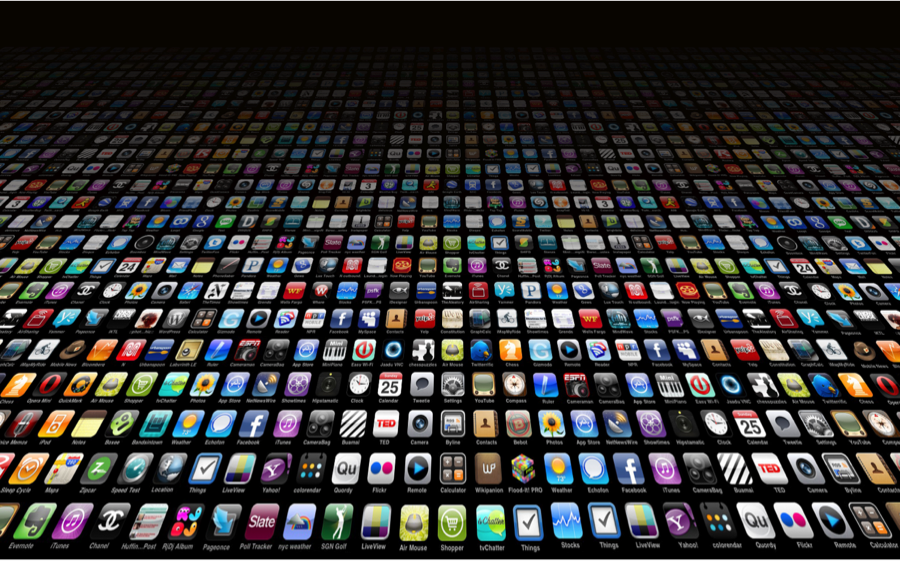
Apps got too big. They got boring. People literally made apps for everything, like fake fans and pant color detectors (using Touch ID). Which lead to a lot of bloat. Those folders you see on your phone full of things you never open. We’ve all got them. And a while ago this led to a transition into a critical next step.
Mobile Sites and Responsive UI/UX:
Apps are expensive. They require maintenance, updates, and management, while a site can be built to last forever – unless of course you forget to renew your domain name. In which case your site will inevitably end up as porn. What’s more, apps take up space.
In a world where (I hate to say this) we have a 16GB iPhone, space is a premium. And you can trust that I know what I’m talking about when it comes to space, because I’ve lived in Hong Kong where a square foot can be more expensive than the Gold Apple Watch. Which is why companies are now considering responsive sites, and not apps. And not only for of the above reasons.
Responsive web design does not require multiple variations.
When you build an app, you need to consider every single screen size. And there have been a lot in just the last 7 years.
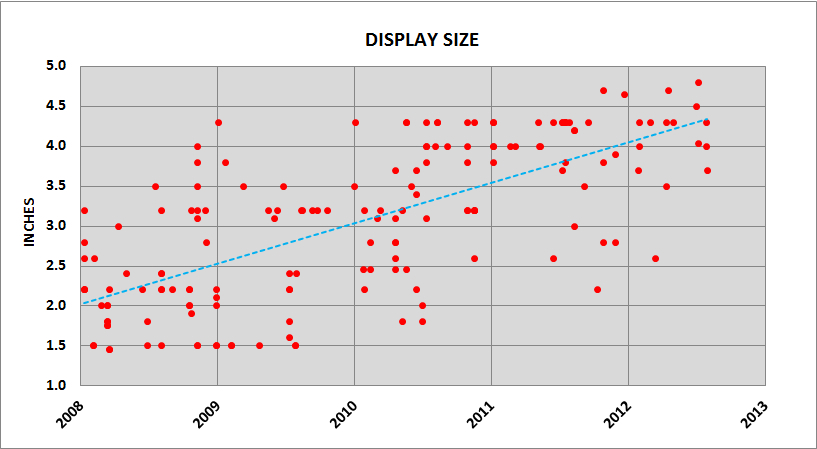
All of this adds up to a lot of hassle. Not only that, but at the end of the day when you’ve finally built every variation possible, you still have to get people to download it. Sigh. Whereas a responsive site is just one thing, something that responds (it’s in the name) to whatever platform you view it on. It automatically recognizes and changes its appearance and your experience accordingly.
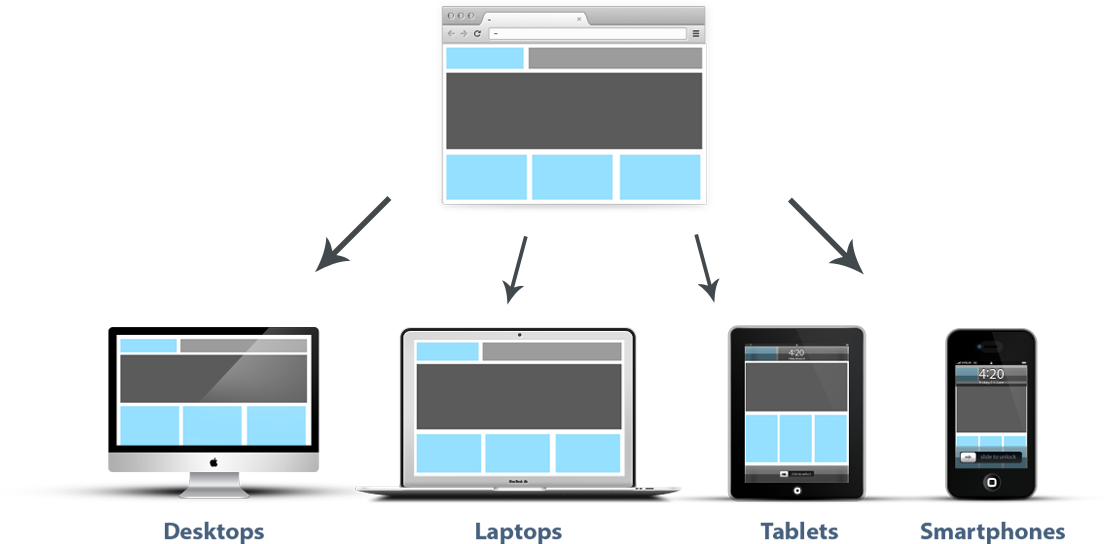
Most importantly, nothing needs to be done on the part of the user. There is no hassle. And it’s this that leads us to the second to last step.
The Internet of Things (IoT) Is Picking Up
Both apps and easy to view/ use websites have helped connectivity take off. Which has led to even more so called ‘connected devices’ – a physical thing that’s connected to the internet in some way: a sports tracker, automatic mood light, even this Facebook page like counter are part of the global IoT. But right now, IoT devices require apps to run. Something needs to be synced on your phone with the connected device, to keep it tracking. But all that is soon to change.
Because as the desire to be more connected continues to grow, it brings the Physical Web into fruition. Which leads us to our final step.
Interaction Without The Need For An App
Imagine never needing an app again. All that space you can have to store those cat photos. Great. But wait. How?
In Google’s own words “The number of smart devices is going to explode, and the assumption that each new device will require its own application just isn’t realistic.” And of course, they’re right. “We need a system that lets anyone interact with any device at any time.” And that is what Physical web promises to provide. Which means you can soon do things that were previously not possible with a dedicated app.
You could soon develop things like:
- A cat collar can let you call to find the owner
- A bus can tell you its next stop
- A parking meter can be paid in the cloud
- Any store, no matter how small, can offer an online experience when you walk in
- A shared car service can broadcast a signup page, allowing you to immediately drive away
- Industrial equipment can offer diagnostics
Lastly, What Does This Mean For Mobile Wallet And Beacons?
You’re wondering what this means for your existing marketing. Not a lot right now, as it’s yet to launch. But it will shake things up a lot when it does. Mainly because it means you wont need an app to offer an engaging, on-demand, real-time, responsive experience.
When it comes to mobile wallet, it’s likely to increase the current opportunity even more. Mainly because mobile devices will play an even bigger role in this Physical World experience. Consumers won’t want to be broken out of it in order to take out a smelly old leather wallet. They’ll want to do everything in the real world, on their phones.
So what about beacons? Well alongside Physical Web, Google launched Eddystone Beacons. So they are clearly not dead. In fact, Physical Web would work hand-in-hand with beacons. In a nutshell, Eddystone beacons don’t require an app to program or develop. They’ll use the web. So there are fewer barriers to entry when it comes to implementing them in your customer journey.

Key Takeaway
Physical web is as important for mobile as the invention of the touch screen. Yes, you read that correctly. Just like touch screens (when done right on the original iPhone) changed the way we interact, Physical Web will do the same again. How we experience the world will be dramatically different. And we can’t wait for it.
Bring on the Physical Web revolution.
To learn more, visit this site.
And for developers, check this GitHub posting.


